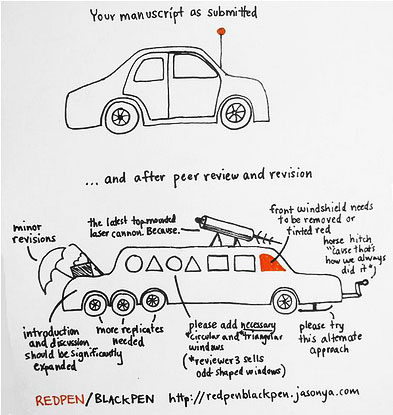In the past couple of weeks, I have stumbled onto three things that triggered this column. Two of them came from academic-type healthcare journals, one of which shall remain nameless. This type of journal is still trying to make a formal case for improvement. Article after article belabors the obvious in stilted, arcane academic language and models that won’t motivate anyone to do anything. I know what these articles are talking about and even I get confused!
|
ADVERTISEMENT |
It must be because it went through this process:
Now there is an aggressive movement encouraging and teaching healthcare quality professionals to prepare their projects for publication in such journals. Isn’t there far too much real work to do to make things easier for the front-line staff and patients instead of spending precious time learning how to jump through hoops to deal with such pretentious nonsense?
…

Comments
Health Care Quality
Health Care has been admiring the problem.
According to Press Ganey, ED turnaround times are four hours, unchanged for a decade.
The 1999 To Err Is Human report found that 99,000 people a year died unnecessarily; better measurement has shown that it's closer to 500,000/year.
It's not hard to improve health care, but as I wrote in Lean Six Sigma for Hospitals, it requires persistence and a couple of hours a week.
Start with Lean to reduce delays and movement. Add Six Sigma to eliminate defects, mistakes and errors.
Stop admiring the problem. Start improving.
Add new comment